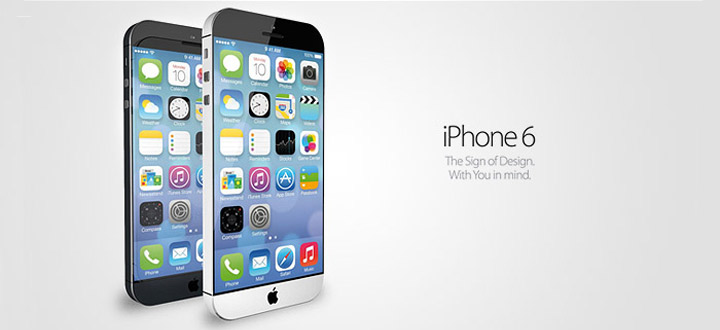In an unprecedented decision to increase its device display size, Apple released the iPhone 6 and iPhone 6 Plus on Sept. 9. The recent iPhones was revealed to be in two different sizes, unlike previous versions, to meet the market demands set by Samsung’s Galaxy Note 4, which will be released mid-September. The differences in quality between iPhone 6 and Galaxy Note 4 are noticeable in terms of processing power, but phone functions still remain very similar.
Apple’s running advertisement prior to the release simply displayed an image of the launch date and the phrase “Wish we could say more.” While eyes were set on Sept. 9 for the release, various features of the iPhone 6 were already rumored. True to the predictions of websites like TechRadar and CNET, the iPhone 6 remains with a 4.7-inch screen while the iPhone 6 Plus offers the new 5.5-inch screen.
The iPhone 6 also retains previous technologies that Apple implemented, like the fingerprint scanner and the recently controversial iCloud system, which connects iPhone data to the internet directly. Several new services like Healthkit, which tracks physiological data, also caused some trepidation from legal authorities, like the attorney general for Connecticut. Issues with brand naming also plagued Healthkit, leading to ongoing legal trouble.
New service Apple Pay also stirred controversy due to its attempt to integrate digital payment services with an Apple device for the first time. Although its counterpart Google Wallet has been available for use since 2011, Apple Pay is largely untested and raises questions about Apple’s privacy protocols and the level of security to protect Apple Pay users’ finances from unwanted breaches.
Despite aesthetic changes including a different exterior and rounded sides, Apple’s iPhone 6 had little to no change in terms of the internal chipset from its predecessors. The iPhone 6 is still equipped with less processing power than its main competitor, the Galaxy Note 4, which has three gigabytes of random-access memory (RAM) as compared to the iPhone’s one gigabyte. These differences constitute the reasoning behind Apple’s marketing campaign, which has focused on support programs like Healthkit and Apple Pay.
Apple’s iPhone 6 is available for sale starting from $199 while the Galaxy Note 4 offers a different contract price for individual carriers. The iPhone 6 will not be released in South Korea until October or November, and a shelf price has not been confirmed yet. For iPhone 6 users in the US, Apple will provide support for support applications, while Samsung has not yet released any plans to provide support through applications of its own.

